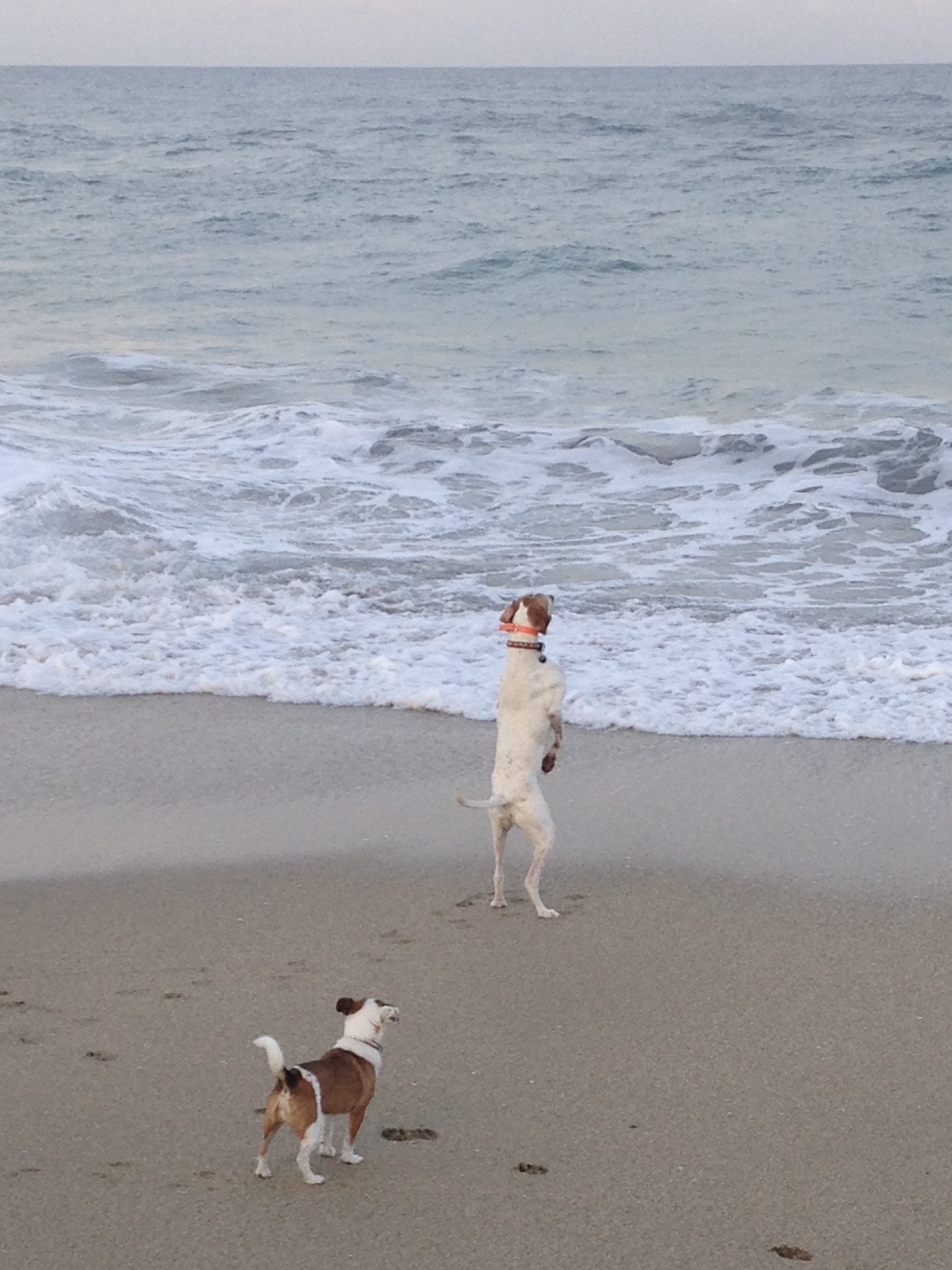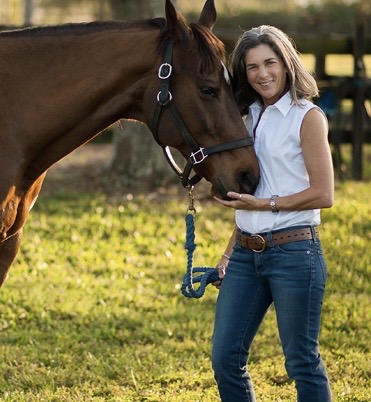News, ideas & inspiration from industry leaders

Is it time for a new goal?
If a shelter is aiming to achieve no euthanasia or 100% live release and they’re doing everything right…guess what?

When I step into the future and see communities who have tackled the challenges that homeless animals face, I see not a low euthanasia rate, but instead a higher one. AND more animals saved. I am not alone. Stick with me a minute.
In its most rudimentary function, a shelter’s role is to do just that…shelter. Dogs and cats come into the shelter because there is not a welfare-appropriate home at hand, at the moment. Let’s say Buffy comes to the shelter because he was roaming about in a community without a person. There are myriad reasons. Maybe he was the one in three pets to go missing. Maybe his person could no longer afford to keep him. Maybe his owner no longer wanted to keep him, or there was a situation of cruelty. Ideally, Buffy enters the shelter, and a home is at the ready for him to transition into.
That home may be foster, or it may be cultivated from a well-developed list of those interested in adopting a pet just like Buffy. It may be that he can be easily reunited with his family due to a robust lost & found program. It may be that his family is provided with the support to keep him and gratefully choose to bring him home. Or, if Buffy is a free-roaming cat, he is returned back to his home territory.
As we continue to improve processes, more animals will transition home quickly, and fewer and fewer animals will come into the shelter. This is due to robust community support (rehoming programs, access to spay and neuter and vet care, etc.), impactful legislative changes (such as pet-friendly housing), and return-to-owner programs that avoid animals having to come into your shelter in the first place. The animals who need shelter will be those at higher risk – and the majority staying more than just a few days will be animals for whom there is not a viable acceptable quality of life, even with realistic rehabilitation.
There will be a small number of animals who pose a significant danger to the community – whom, when left alive, would likely not have an acceptable quality of life due to lack of social interaction or other criteria we use to measure. When a shelter with a welfare-focused mindset chooses to euthanize in this instance, they will be giving dogs and cats the gift that we are saddened, but grateful, we can give to our own pets when their lives turn to suffering that can’t be mitigated. And yes, these shelters with a welfare-focused mindset will have a higher euthanasia rate.
A welfare-focused mindset, of course, focuses on the big picture—the welfare of the community’s animals rather than on individual animals. You may have heard me mention Loren Eiseley’s famous Star Thrower story, in which a wise man walking along the beach sees a young man throwing starfish back into the ocean. The wise man stops to ask, “There are thousands and thousands of starfish on the beach, and how can you think you can make a difference?” The young man notes he can make a difference for this one. But a welfare-focused mindset does not stop there.
With a welfare-focused mindset, the entire beach, and all the starfish on it, are taken into consideration.
So that means when we are “done,” when we think with a welfare-focused mindset and have all the resources we need to support the animals and people in our communities, we will be saving so many more at-risk animals from entering in the first place. The vast majority of the animals entering our shelters now will not need to enter in this future.
Or another way to look at it: When we get to “done,” euthanasia should reach a much higher percentage of intake. This is because most of the animals who will need shelter at that point are those who exceeded the support available within the community.
Yes, yes, yes – I absolutely understand that the behavioral euthanasia bucket here is one that needs scrutiny. There are cats and dogs in shelters being euthanized for easily absorbable and/or modifiable behaviors, and animals who have committed significant bodily harm exiting – or living years within – our shelters. It is messy and important and maybe something we can dive into together in the future.
So why am I blathering about this stuff? Because we have often aimed ourselves and the community on goals that will be unobtainable as we get closer to a truly humane community. Whether your goal is no euthanasia or 100% live release, neither will occur when we are done. A goal that focuses on decreasing euthanasia can put blinders on that prevent us from the primary goal of supporting welfare. And, believe it or not, it can often cause us, completely unintentionally, to increase euthanasia and suffering.
A primary external focus on euthanasia and live release also engages our community in a way that inevitably will cause frustration and anger. They cannot stop a necessary euthanasia. It also tends to put the main focus on the dogs and cats with extreme challenges, pulling resources and our heartstrings while other animals in our care will lose out on basic resources that would quickly get them home.
A primary focus on keeping the dogs and cats in our shelters alive can sometimes decrease our focus on keeping the welfare of the animals in our community high. Animals are refused entrance to just the place they need to be for the moment – and if there are not well-developed resources outside our doors, we not only lose the opportunity to save a life, we lose the opportunity to welcome and support another person who bothered to do the RIGHT thing by bringing their pet into the welfare world.
Focusing on keeping the dogs and cats IN our shelters alive can sometimes decrease the focus on getting more OUT alive. This can mean a heavy in-shelter rehab focus, which can feel like an uphill challenge, the high-stress environment impacting an animal’s learning. When we focus on getting more animals OUT, our priorities shift to high-proficiency client services, high-reach marketing, skilled matching programs, and foster/adoption incentives. Or…maybe simple, straightforward actions like increasing open hours so that people wanting to find their lost pet or adopt a new pet can walk into your doors and do so more easily. Decisions and programs like that save more lives, and will inevitably decrease euthanasia. (Sidebar: Yes, there is a place for rehab programs, but not at the expense of what has been noted above.)
Let’s go back to the starfish on the beach. That story has stuck with me since a time I was teaching a workshop, and a woman wearing a starfish T-shirt (with the story printed on the back) admonished me for suggesting we have a greater sense of urgency for those who need help outside the shelter doors. For me, the starfish story is one that highlights the idea that perspective is seen through the glasses that we wear, and the opportunity to take our passion and shift the perspective.
Taking the analogy further, just imagine that by brainstorming, the young man may be empowered to have a rake, or even a dune buggy with 20 rakes, or a float 10 feet from shore to keep the starfish from landing on the beach in the first place… Our beach is our community. If we could shift our goal to one beach at a time, just think of the power for change. Is it time to shift our goals?




Yesssss across the board!! Often, when we do more community engagement and support, the community trusts us more and will bring their most troubled animals to us when they see that we will sit next to them in the empathy and share responsibility in the outcomes – even when tough but necessary.
The no kill movement from what I’ve seen is nothing but harmful. It’s only good on paper, as are so many policies that are created in thought-space but not in reality.
Bravo Emily, too many people are hung up on the live release rate and can’t look beyond that to see the bigger picture. Thank you for pointing past that metric that is in many cases, blocking further progress.
There are wealthy shelters turning animals away in favor of free pet food and vaccines. Human support is great and can be helpful in preventing some homelessness. But it is not a cure-all. It can never be significant enough to erase the homeless and abused animals in need of shelter. Human challenges in the U.S. are way too big, complex, and systemic for animal welfare to change. The human service industry, private and public, spends a gazillion times more money than we have for animal welfare, and they barely make a dent in resolving individual and societal problems that add to animal homelessness/abuse. Those shelters now only focused on supporting people are creating extra and extreme burdens on shelters still caring for animals.
Thank you Tanya for sharing your thoughts. I agree that there is support needed to shelter pets as well as keeping pets home. When I talk about keeping pets home I often use the caveat “when that is what is best for the pet and person.”
Programs aimed at improving the welfare of animals before their is a need to enter a shelter can be very powerful tool and can help to build a truly humane humane community.
I’md the last one to want move government in our lives, excepting when it involves animal
welfare. In my opinion we need to hold our animal welfare nonprofits accountable not only
for what they do, but also for what they don’t do. Do most people in this country know that
the US is ranked 31sy in Animal Welfare? I don’t believe they do. So the nonprofits along with
citizens of each State must work together to bring about both necessary laws and enforcement
of those laws. In my opinion, to alleviate animal cruelty we must ban so-called backyard
breeding. Also we must stop dog fighting the cruelest sport in the world. How? You Tube
shows dog fights, craigslist laws against selling dog & cats is not enforced. suggestions?
Lobby with statistics and data backing you up, and prove if the problem isn’t addressed the government will lose a significant amount of money. Government speaks in terms of profit and dollar signs to be blunt.